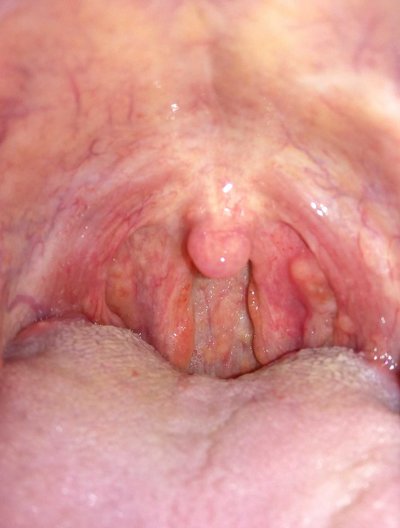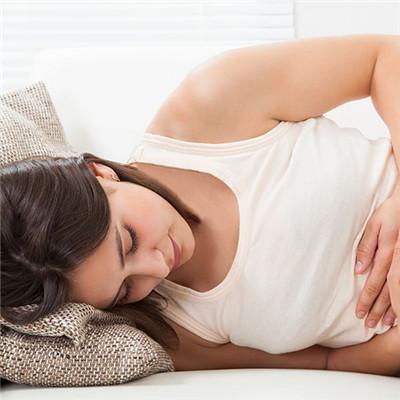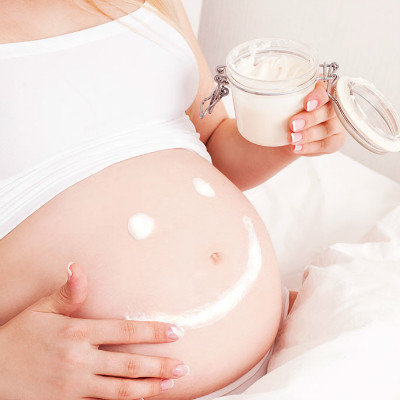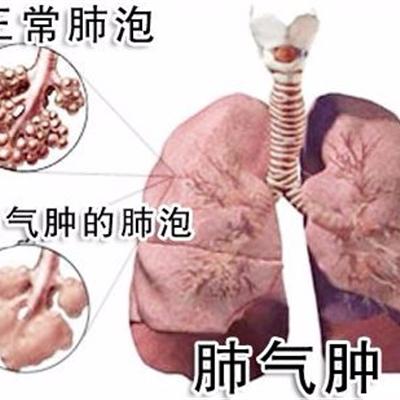What reason is vagina bleeds all the time
summary
Vaginal bleeding is one of the most common chief complaints in obstetrics and Gynecology, including vaginal, cervical, uterine and fallopian tube bleeding, although most of the bleeding from the uterine body, but no matter where it comes from, in addition to normal menstruation, it is called vaginal bleeding. Common causes include: ovarian endocrine dysfunction, pregnancy related, genital inflammation, genital tumor, foreign body injury or systemic diseases, such as thrombocytopenic purpura, aplastic anemia, etc. What reason is vaginal bleeding all the time tell everybody.
What reason is vagina bleeds all the time
First, the amount of menstruation is increased; the amount of menstruation is increased by more than 80ml or the menstrual period is prolonged, and the menstrual cycle is basically normal, which is the typical symptom of uterine fibroids. Others, such as adenomyosis, ovulatory menstrual disorder, and intrauterine device placement, can cause the increase of menstruation.

Second: irregular cycle of vaginal bleeding; mostly anovulatory dysfunctional uterine bleeding, but perimenopausal should pay attention to exclude early endometrial cancer, breakthrough bleeding caused by sex hormones or contraceptives also showed irregular vaginal bleeding.
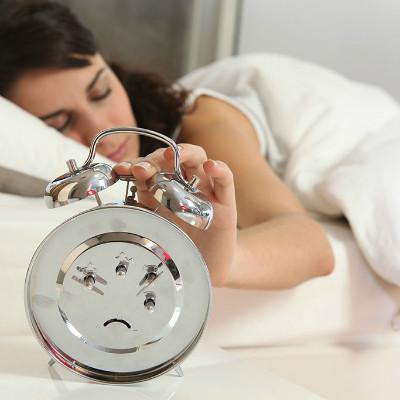
Third: no cycle of long-term continuous vaginal bleeding; mostly caused by malignant tumors of reproductive organs, first consider the possibility of cervical cancer or endometrial cancer.

matters needing attention
A small amount of vaginal bleeding occurred several days after birth, which was caused by the decrease of estrogen level after leaving the mother. Precocious puberty or malignant tumor of genital tract should be considered when vaginal bleeding occurs in young girls. Anovulatory dysfunctional uterine bleeding should be considered in adolescence, pregnancy should be considered in childbearing age, and anovulatory dysfunctional uterine bleeding or genital tumor should be considered in perimenopause.
